Mercedes eVito Tourer Extra-Long 41 kWh
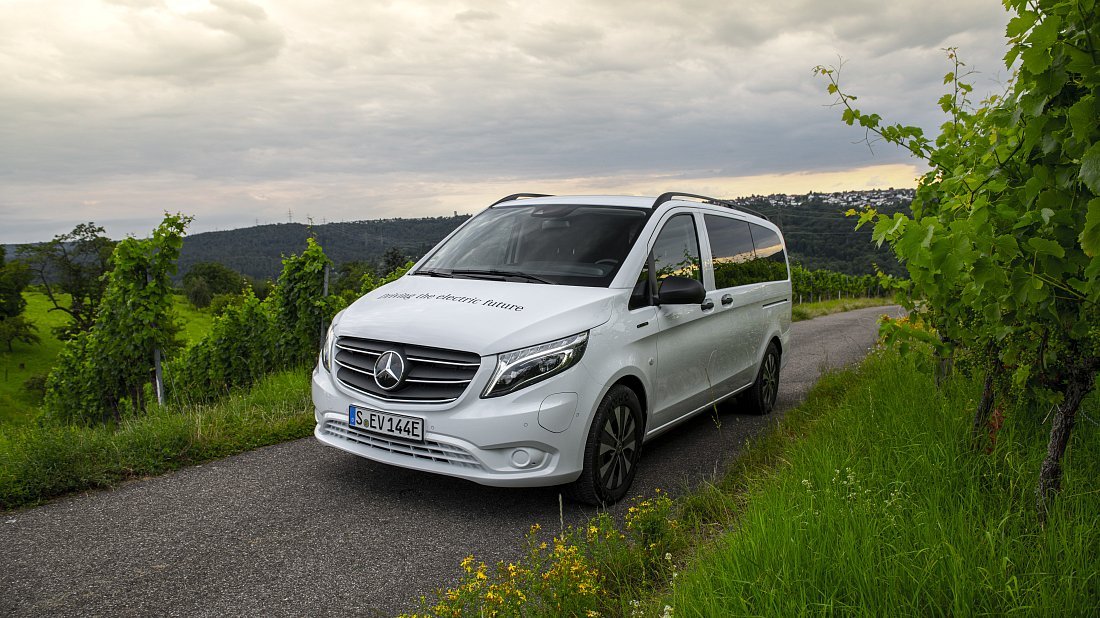
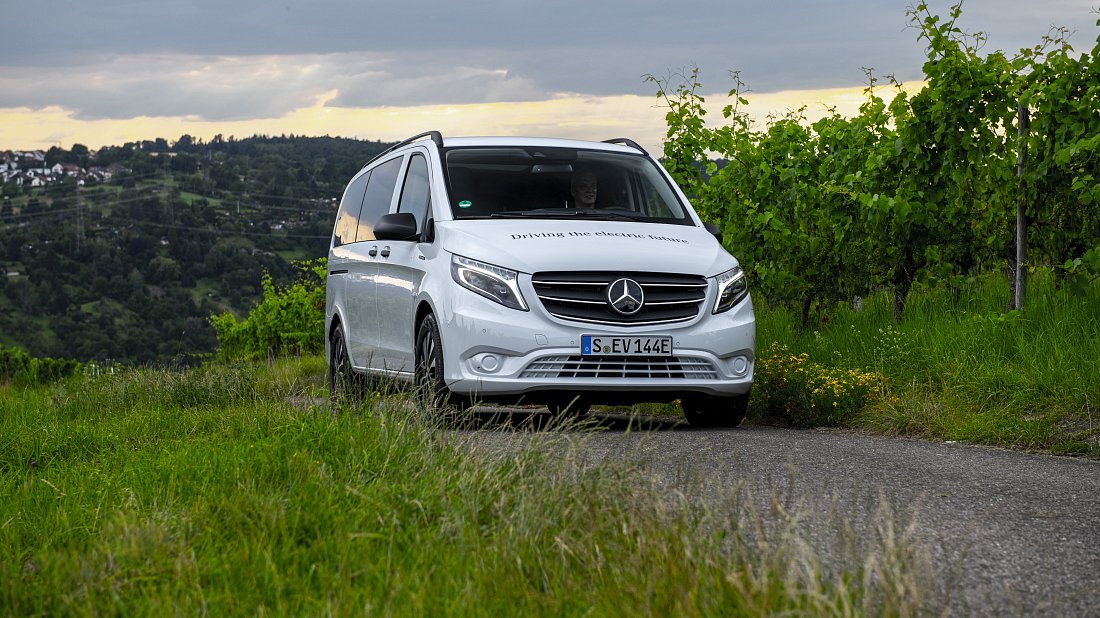
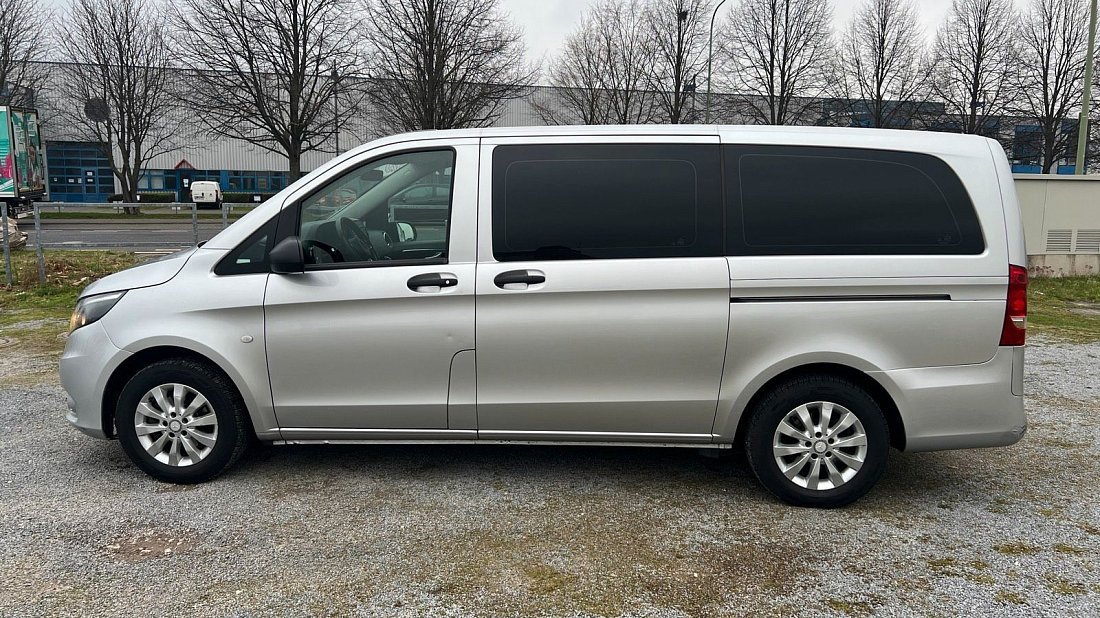
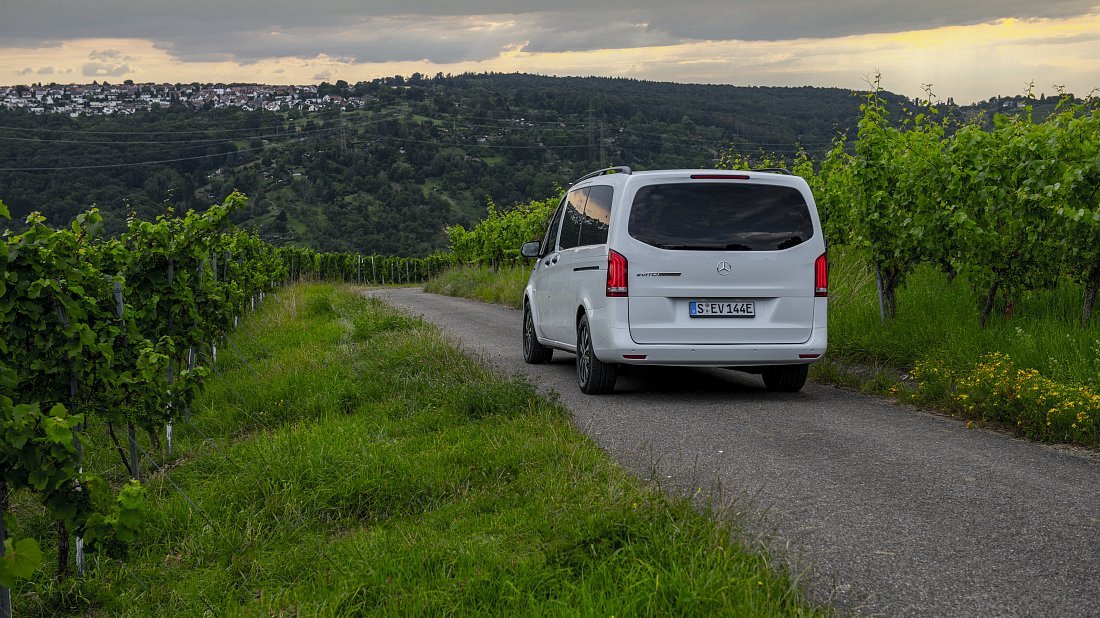
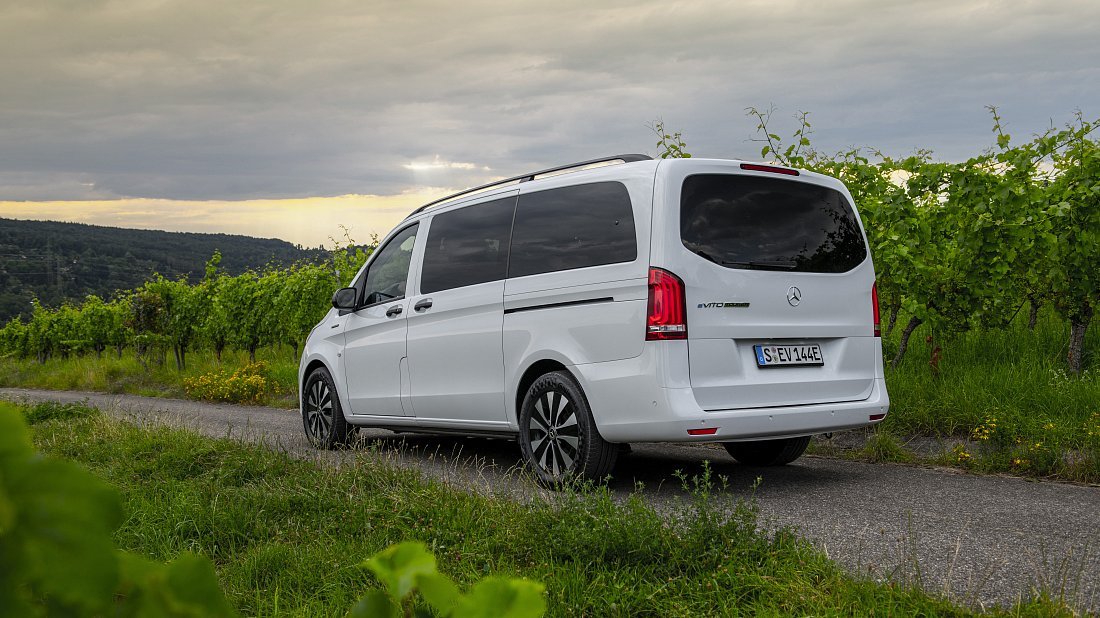
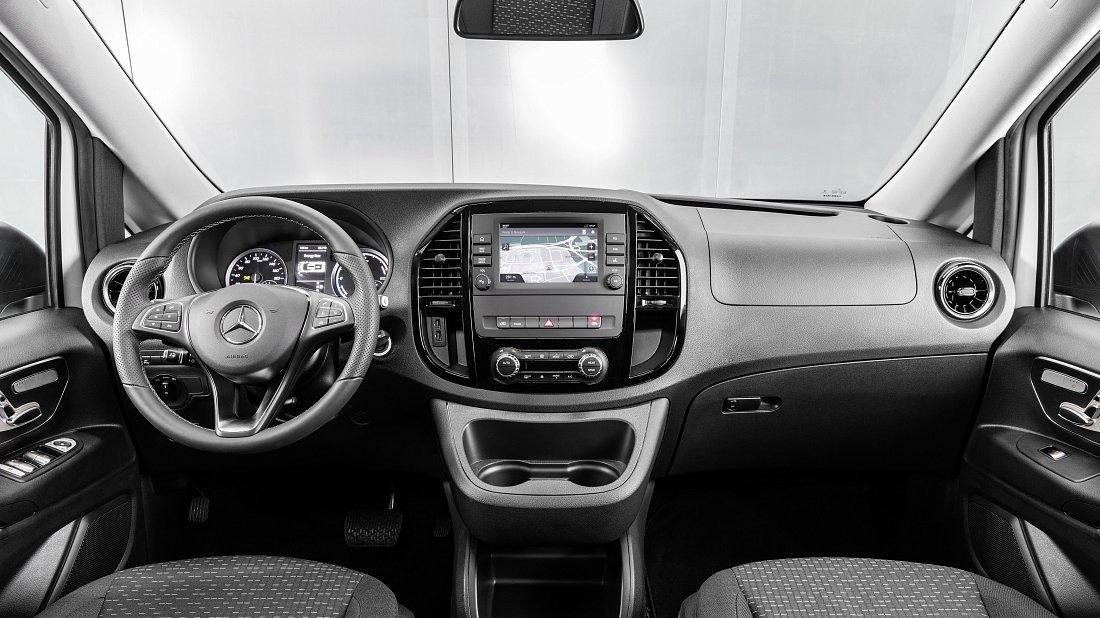
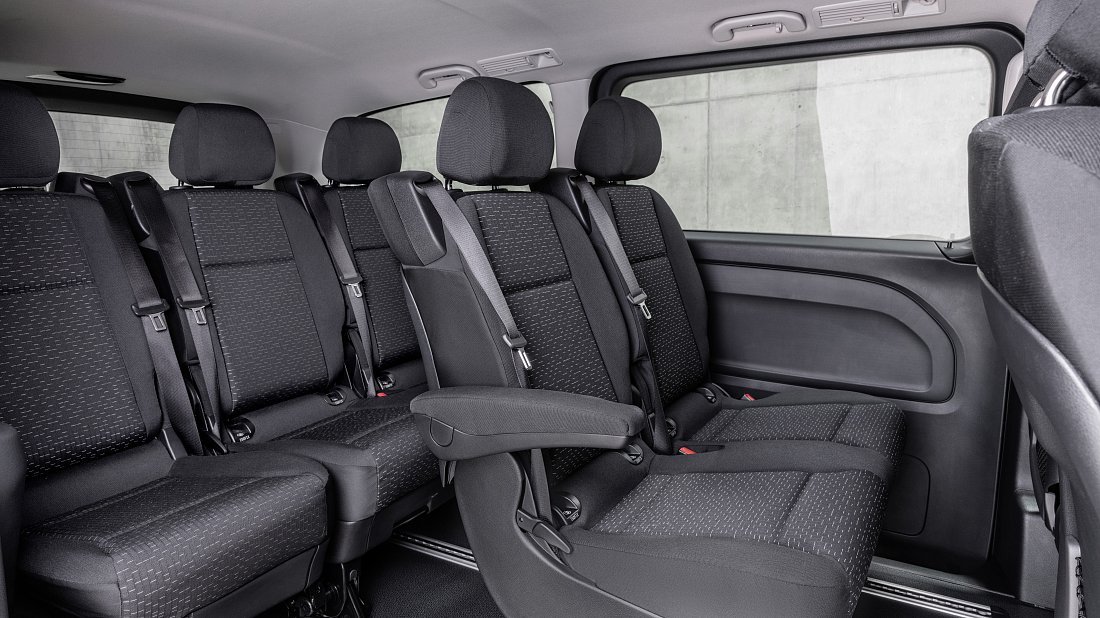
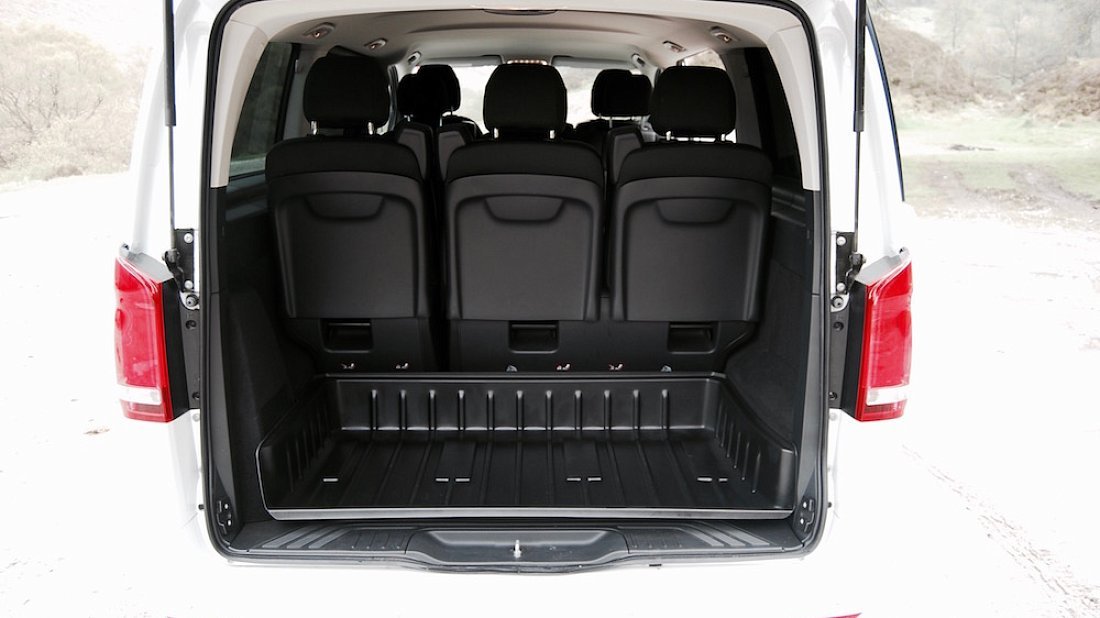
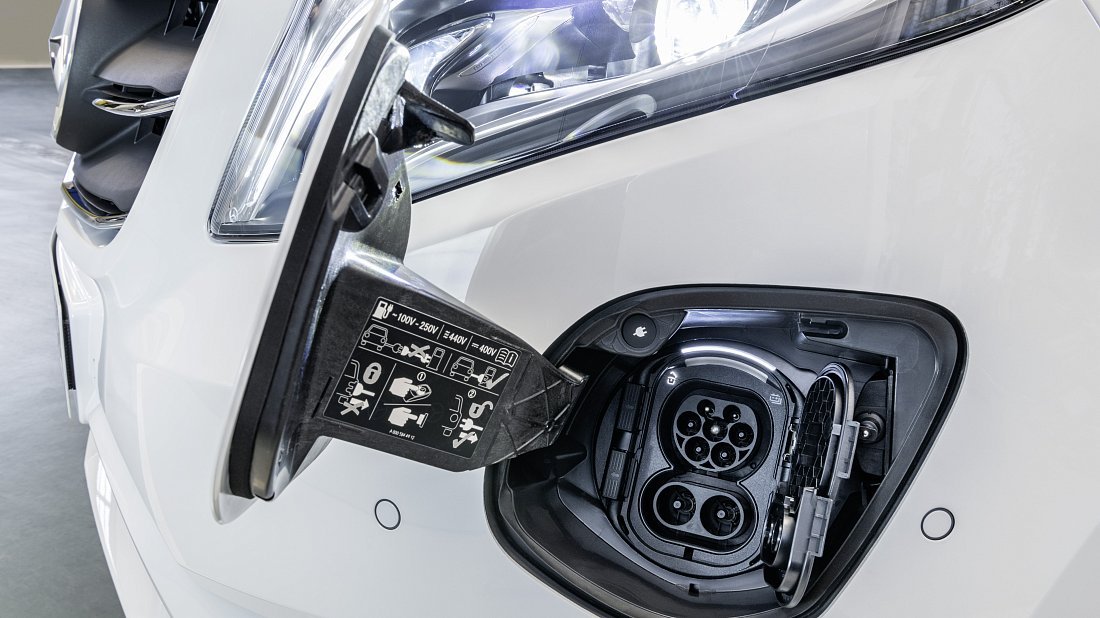
Overview
Main Overview Information
- Price USA (New)
- No Data
- Price USA (Used)
- No Data
- Country of Manufacture
-
- Spain
![Spain Spain]()
- Spain
- Years of Production
- 2019-2020 (Discontinued)
- Body Style
- Minivan
![]()
- Market Availability
- EU
Pros and Cons
Reasons to Buy
- Spacious nine-seat interior
- Vast cargo capacity
- Premium Mercedes badging
- Quiet, smooth operation
Reasons Not to Buy
- Very limited range
- Sluggish performance
- Not sold in US
- Outdated EV technology
- Slow DC charging
Overview
The 2020 Mercedes eVito Extra-Long was a pure-electric commercial passenger van aimed squarely at urban shuttle services and large families. While this specific 41 kWh model was a Europe-only affair with no official US pricing, it represented Mercedes' early push into electrifying its workhorse lineup. Its key selling point is sheer space, offering a cavernous cabin with seating for up to nine people. It’s a practical, no-frills people-mover designed for short-haul efficiency rather than long-distance travel, trading outright performance and range for maximum utility and passenger capacity.
What's New for 2020?
For 2020, the eVito Tourer was a fresh face, marking Mercedes' first all-electric entry in the passenger van segment based on its popular Vito platform. This model year introduced the 41 kWh battery pack and a new electric powertrain specifically engineered for the demands of commercial transport. The focus was on providing a zero-emissions solution for predictable, high-frequency routes like airport transfers and hotel shuttles. This version essentially laid the groundwork for Mercedes' future electric van strategy, prioritizing utility and low running costs over headline-grabbing range or performance figures.
Design & Exterior
The eVito’s design is all business, retaining the functional and familiar shape of its gas-powered Vito sibling. It’s a case of function over form, with a professional look that doesn't shout about its electric credentials. Subtle cues, like the charging port neatly tucked into the front bumper on the driver's side, are the only real giveaways. This is a big boy, measuring a massive 211.4 inches long, 75.9 inches wide, and 76.3 inches tall, ensuring it has an imposing presence and an incredibly spacious interior.
Interior, Tech & Cargo
Inside, the eVito is built for durability and practicality, not luxury. The cabin features hard-wearing materials designed to withstand the rigors of commercial use. The main event is space: this Extra-Long version seats up to nine occupants. Cargo capacity is immense, starting at 49.1 cubic feet behind the third row and expanding to a cavernous 176.2 cubic feet with the seats folded or removed. There is no frunk. Tech is modest, typically featuring a basic infotainment system, though upgrades for smartphone integration were likely available for fleet buyers.
Performance & Driving Experience
Don't expect to win any drag races. The eVito is powered by a single Permanent Magnet Synchronous Motor driving the front wheels, producing 85 kW and 218 lb-ft of torque. This results in a leisurely 0-60 mph time of 15.4 seconds and a top speed limited to 75 mph to conserve energy. The driving experience is what you’d expect: quiet, smooth, and perfectly suited for city driving. Multiple regenerative braking modes, controlled by steering wheel paddles, allow for one-pedal-style driving to maximize efficiency in stop-and-go traffic.
Range, Battery & Charging
The eVito is strictly an urban specialist. It's equipped with a 35 kWh usable battery pack, and Green Cars Compare calculates a real-world range of just 77 miles, with an efficiency of 2.2 mi/kWh. For charging, its 7.4 kW on-board AC charger can replenish the battery from empty in under 5 hours. For a quicker top-up, DC fast charging maxes out at 50 kW, enabling a 10-80% charge in about 45 minutes. For a US version, the vehicle would feature a standard CCS Combo 1 port.
Safety & Driver-Assistance Features
While this specific European model was never rated by the NHTSA, the platform it's based on has a strong safety record. Standard features included essentials like Crosswind Assist, crucial for a vehicle of its size. Most advanced driver-assistance systems were offered as optional upgrades. Buyers could add a suite of features including Active Brake Assist, which provides autonomous emergency braking, along with Blind Spot Assist and Lane Keeping Assist to improve safety during busy urban driving, though these were not typically standard fitment on this work-focused trim.
Warranty & Maintenance Coverage
Though not sold in the US, a Mercedes commercial van warranty would have likely applied. This typically includes a 3-year/36,000-mile basic warranty and a 5-year/60,000-mile powertrain warranty. The critical high-voltage battery would be covered by an industry-standard 8-year/100,000-mile warranty, guaranteeing against excessive degradation. A major ownership perk is the reduced maintenance schedule of an EV, with no oil changes or exhaust system upkeep required, leading to lower running costs and less downtime compared to its diesel counterparts, a key selling point for commercial operators.
Previous Generation
There are no earlier versions of this carNext Generation
Popular Videos
Similar Electric Cars
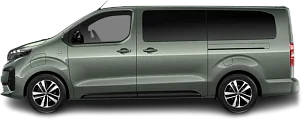
- Real Range
- 186 mi
- 0-60 mph
- 13.7 s
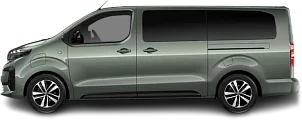
- Real Range
- 119 mi
- 0-60 mph
- 12.8 s

- Real Range
- 185 mi
- 0-60 mph
- 13.7 s

- Real Range
- 117 mi
- 0-60 mph
- 12.8 s

- Real Range
- 185 mi
- 0-60 mph
- 13.7 s

- Real Range
- 117 mi
- 0-60 mph
- 12.8 s

- Real Range
- 186 mi
- 0-60 mph
- 13.7 s

- Real Range
- 119 mi
- 0-60 mph
- 12.8 s

- Real Range
- 186 mi
- 0-60 mph
- 11.5 s

- Real Range
- 119 mi
- 0-60 mph
- 10.4 s



 Mercedes eVito Tourer Extra-Long 60 kWh (2022-2023)
Mercedes eVito Tourer Extra-Long 60 kWh (2022-2023)